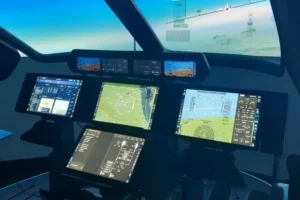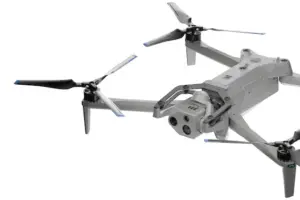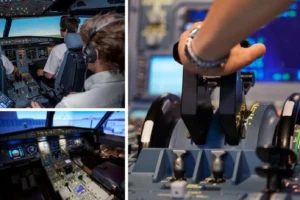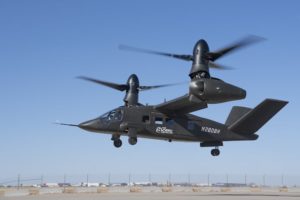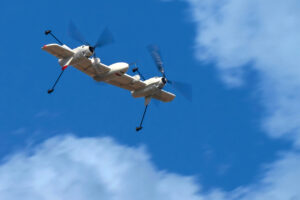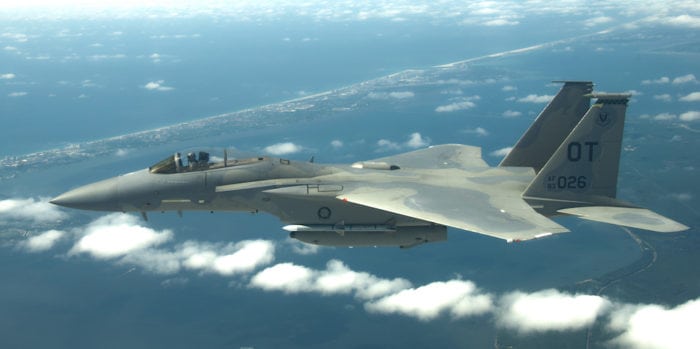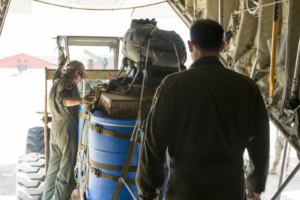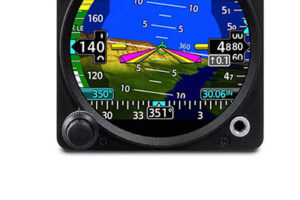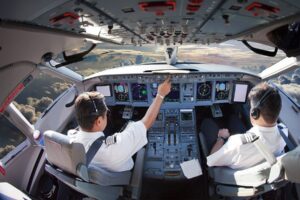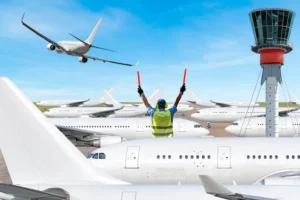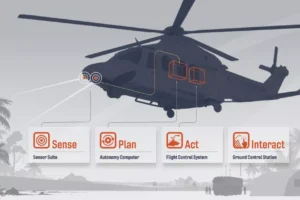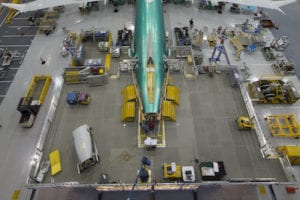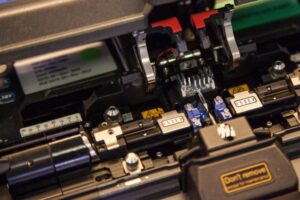Safety: Recording At Both Ends
By David Evans | September 1, 2005
Send Feedback
Flight recorders need to be upgraded to facilitate accident investigation, but the improvements necessary have not gained support in the U.S. Congress, which is pushing for deployable recorders.
Four congressmen on key aviation and Department of Homeland Security committees are pushing for deployable recorders, which is to say a combined flight data and cockpit voice recorder (CVR/FDR) that ejects its precious data in the split second before impact. The recorder floats and contains an emergency locator transmitter, so it can be found quickly either on the water or on land. By this means, redundancy is provided, much as seatbelts and airbags protect passengers in an automobile in different ways, increasing their survival rate more than would two seatbelts or two airbags.
"The events of Sept. 11, 2001, proved that our current CVR/DFDR’s [digital flight data recorders] are vulnerable to extreme crash scenarios. For the four airliners involved in the terrorist attacks, only two of the four FDRs were recovered," wrote Rep. Harold Rogers, a Republican from Kentucky, and Rep. David Price, a Democrat from North Carolina. They are chairman and member, respectively, of the Homeland Security Subcommittee. "The two other FDRs have never been found. Likewise, only two CVRs were recovered, and one of those was burned beyond use, rendering it useless to investigators."
"The global security dynamic has changed dramatically since the National Transportation Safety Board (NTSB) initially proposed recorder upgrades nearly six years ago," the congressmen wrote to the Federal Aviation Administration (FAA) on June 28. And deployable recorders on new aircraft, as a minimum, are essential to quickly determine what happened and if terrorism was involved.
The congressmen were responding to a notice of proposed rulemaking (NPRM) issued by FAA, calling for improvements in CVR/FDR technology. The NTSB responded to that notice, too, noting that deployable recorders "are not addressed in any Safety Board recommendation."
Rather, the NTSB was calling for forward- and aft-mounted, combined CVRs/FDRs to address the survivability problem. The recommendation was an outgrowth of the Transportation Safety Board (TSB) of Canada’s call for such an installation, issued as part of the agency’s investigation of the Swissair Flight 111 disaster. The NTSB had seconded the recommendation.
However, FAA has rejected the concept of two sets of recorders, declaring, "In the case of an accident so catastrophic that neither recorder survives [meaning the currently required aft-mounted recorders], a second set of recorders located in the front of the aircraft would probably not survive either."
The NTSB took strong exception, noting a number of instances where a forward-mounted recorder survived and the aft mounted recorder was lost to fire or impact. "One example is the Air France A320, which crashed in Strasburg, France, in 1992," the NTSB says. "In this accident, the aft-mounted FDR was destroyed by fire while the unprotected quick access recorder mounted below the cockpit survived."
The NTSB also cited the explosion from a terrorist bomb of Pan Am Flight 103 over Lockerbie, Scotland, that brought down a B747. The explosion separated the cockpit, which landed, the NTSB says, "relatively intact, far clear of the burning fuselage wreckage."
"The second reason for placing a combined CVR/FDR as close to the cockpit as practical is to ensure an acceptable recording of the cockpit acoustic environment if the wiring to the aft-mounted CVR is compromised as the result of a progressive fire, explosive decompression, structural failure, or uncontained engine failure," the NTSB notes, citing Swissair Flight 111, an MD-11, as an example. In that 1998 crash near Halifax, Nova Scotia, the flight continued for about 6 minutes after the CVR stopped. "Had the MD-11 been fitted with a forward-mounted CVR and a recorder independent power supply…it is possible" that the final critical minutes of the flight would have been recorded, the NTSB argues.
The NTSB notes that Embraer currently is delivering its model EMB-170/190 to U.S. operators with forward- as well as the more traditional aft-mounted CVR/FDRs. And Boeing is considering such a configuration for its new B787 aircraft.
The failure to include image recorders in the FAA’s proposal is a source of real disappointment to the NTSB. Under this concept the instrument displays and the pilot’s hand and arm position on the controls would be captured by closed circuit television and recorded; the pilot’s face would not be recorded. As in the case of the dual CVR/DFDRs, the NTSB recommends for all aircraft manufactured after Jan. 1, 2003–which now involves a retrofit–a color image recorder with a "frame rate and resolution" sufficient for recording pilot actions, not only for flight control inputs but also for display selections or system activation.
The NTSB argues that the advent of data link communications provide yet another justification for image recorders:
"[The FAA states it was] ‘unable to propose a practical, feasible method of what the pilot sees off the actual cockpit display’ and that `there is no developed technology for reliable recording of information.’ However, the Safety Board is of the opinion that an image recording of the cockpit display could provide specifics as to what data link communications are displayed to and generated by [the] flight crew and when those messages are displayed or sent.
"An image recording would also indicate the quality of the display. Adding a properly placed cockpit video camera would allow data link messages displayed to the crew to be recorded on the image recorder. The use of video technology would not require any modifications to the existing aircraft’s communication or display systems. This addition might greatly reduce the time and expense of retrofitting older aircraft to record data link messages."
As sweet and straightforward as the concept appears, there is just one problem: the pilots union opposes video recorders in the cockpit. One suspects that this staunch opposition is one reason FAA did not propose image recorders, despite the NTSB’s oft-reiterated desire for them.
The Air Line Pilots Association (ALPA), the largest union of pilots, does support "dual-combi" recorders, stating that such installations "would significantly reduce the risk of losing most or all recorded information in a hull-loss accident." On top of which ALPA agrees that deployable recorders, "when not used as the sole means of data capture, could provide safety and security [e.g., counterterrorism] benefits."
This being the case, APLA has no objection to the installation of deployable recorders, "provided that they are employed as a complement to the fixed recorders already required."
Sounds like a compromise that FAA may wish to consider as it crafts a final rule: mandate "combi" CVRs/FDRs fore and aft for newly manufactured aircraft that require recorders, and allow one set to be deployable.
What about data link messages? Here, one can implement the Northwest Airlines (NWA) proposal. "For purposes of accident investigation, NWA agrees that the effect of data link messages on the flight deck crew workloads can be a significant issue," and therefore all crew-related messages should be recorded on the CVR. "The number of messages in the uplink/downlink queue, if significant for any reason to an investigation, can also be reconstructed from the aircraft CVR data link time stamps and the earth or ground station data." With time stamps, the message content will be available on the ground.
Having two CVRs will increase the chance that such time stamps will be recorded.
David Evans can be contacted by e-mail at devans@accessintel.com.


